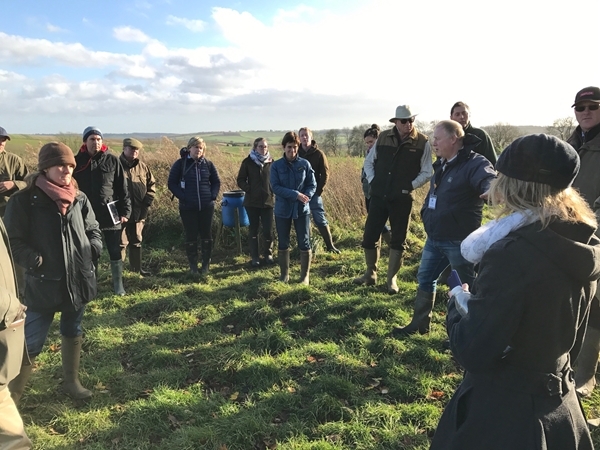
SOME 30 arable and livestock farmers learnt about ways of embracing agroforestry at the Trees on Farm event at the Game & Wildlife Conservation Trust’s (GWCT) Allerton Project, our research farm at Loddington in Leicestershire.
Run by Farmers Weekly in partnership with The Woodland Trust on Thursday November 23, a host of speakers discussed ways of building an integrated and productive agroforestry scheme as part of their farm business.
Professor Chris Stoate of GWCT kicked off proceedings by outlining how the Allerton Project has been researching the effects of different farming methods on wildlife and the environment, and sharing the results of the research through educational activities for over 25 years.

He was joined by fellow experts from the Woodland Trust, Forestry Commission and The Organic Research Centre as well as farmers who spoke about their real-world experiences and the many benefits of working within agroforestry.
The sessions focused on the benefits they have received from trees on their farms as well as the challenges along the way and how they have overcome them.
The live event, chaired by Farmers Weekly editor Karl Schneider, focused on providing farmers with the information and tools needed to begin and manage a successful, productive agroforestry scheme as part of their farming enterprise.
The topics included Why Plant Trees?, Financial Considerations & Policy implications for Tree Planting on Farms and Trees from The Woodland Trust as well as a tour of the Allerton Project, which celebrated its 25th anniversary in June.
The day ended with an informative and engaging discussion, with farmers directing plenty of questions at the panellists.

Guests also took home a variety of guides, provided by the Woodland Trust, on tree planting.